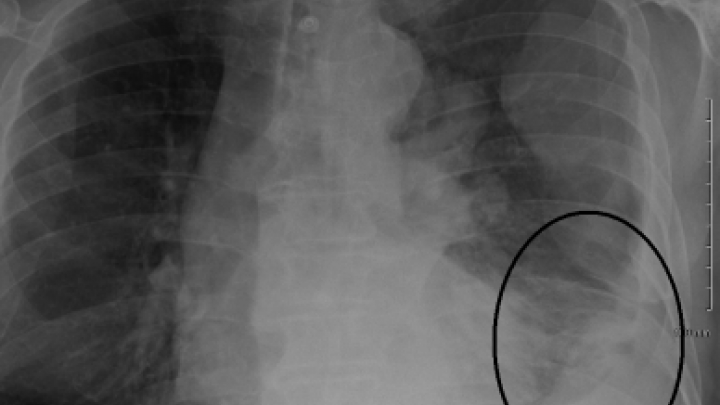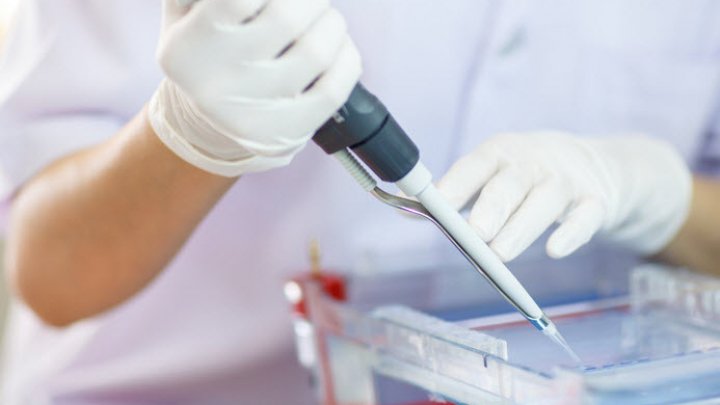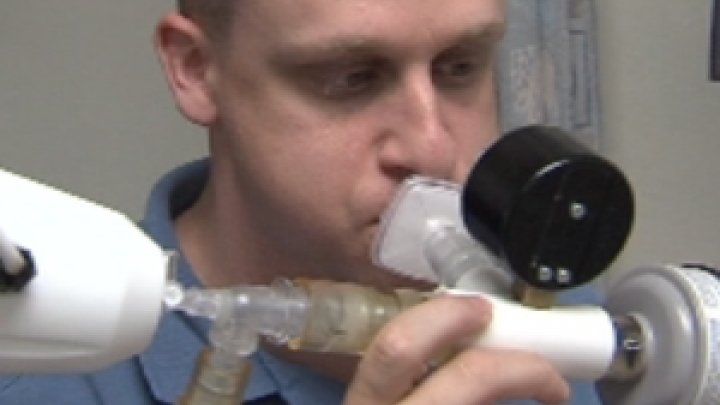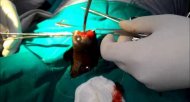Doctor Finds Topical Tamoxifen Has Fewer Side Effects Than Oral Version
Tamoxifen is a drug used to treat advanced breast cancer and, in some cases, to prevent breast cancer in women with exceptionally high risk. Tamoxifen is a hormone antagonist, specifically binding to estrogen receptors and preventing cancer cells receiving the hormone that they require to grow and multiply.
Until recently, tamoxifen has been taken orally. Oral tamoxifen, while effective, is also plagued by a long list of side effects. The trouble is that, by taking the drug orally, all of the estrogen receptors in the body are affected rather than just those in the breasts, where the drug is needed. New research and new drug design have shown promise in reducing the side effects of tamoxifen while maintaining its efficacy. The results have been achieved with a gel form of the drug that is rubbed directly on to the breasts.
Topical Tamoxifen
The whole point of tamoxifen is to keep cancer cells from arising in breast tissue. To that end, the drug is really only of use in breast tissue. When taken orally, tamoxifen reaches the breasts in adequate doses to do its job, but also reaches high levels throughout the body where it wreaks havoc with every other estrogen sensitive tissue (ovaries, uterus, vagina, blood vessels, etc.).
Scientists began to wonder if applying tamoxifen to the skin of the breasts would be as effective as taking the drug orally. Their concern was that topical application would, while reducing side effects, also reduce the efficacy of the drug. After all, if it wasn't absorbed into all of the breast tissue, then tamoxifen wouldn't be able to block all of the necessary estrogen receptors in the breasts.
A randomized, double-blind, placebo-controlled trial was created to answer the questions posed above. Led by Dr. Seema Khan of Northwestern University's Feinberg School of Medicine, the study revealed that topical tamoxifen is both safe and effective in the treatment of breast cancer. More importantly, the study showed that the topical route substantially reduced side effects without any effect whatsoever on efficacy. Patients had fewer blood clots, fewer GI and vaginal symptoms, fewer hot flashes, and fewer sweats than those in who took oral tamoxifen.
Getting Topical Tamoxifen
The current results are only in Phase II, which means that Phase III trials must still be carried out before the drug is released for public use. That said, the FDA while likely fast-track topical tamoxifen to get it into the hands of breast cancer patients who need it. Patients should talk to their physicians about obtaining access to topical tamoxifen.
Links
Website - http://www.medicalnewstoday.com/authors/marie-ellis
Website - http://fsmweb.northwestern.edu/faculty/FacultyProfile.cfm?xid=12438
YouTube - https://www.youtube.com/watch?v=9DihTRfi-rk
Resources
Ellis M. 15 July 2014. Gel tamoxifen effective for breast cancer, fewer side effects than oral form. Medical News Today. Web. Retrieved 11 August 2014 from http://www.medicalnewstoday.com/articles/279585.php
Seema K. A Randomized Phase II Presurgical Trial of Transdermal 4-Hydroxytamoxifen Gel versus Oral Tamoxifen in Women with Ductal Carcinoma In Situ of the Breast . Clinical Cancer Research 2014 20:3672-3682. doi:10.1158/1078-0432.CCR-13-3045). http://clincancerres.aacrjournals.org/content/20/14/3672.long






















